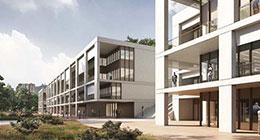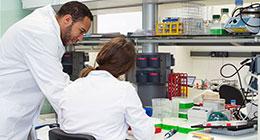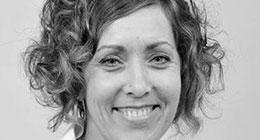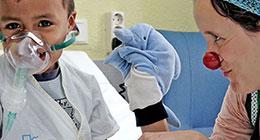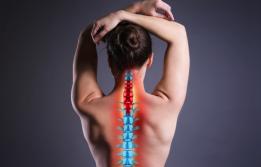Anaesthesia and Resuscitation
Description
Specialists in anaesthesia and resuscitation come into contact with patients in the Accident and Emergency Department, in the operating room, and in resuscitation areas. They actively take part in duty shifts, as well as in the Department’s meetings and sessions.
The Unit is regularly involved in different surgical specialisations, pathologies and surgical procedures, and in specialists’ training according to the criteria established for teaching units accredited by the National Board of Medical Specialists from the Ministry of Health and Consumer Affairs and the Ministry of Education. Before surgery, we check the anaesthesia form, which must indicate the patient’s informed consent as well as approval by the assigned doctor. Once in the operating room, we prepare the pharmaceuticals and materials to be used, whether they be infusion sets, anaesthesia equipment or anaesthesia and patient monitoring equipment. Once the operation is over, residents accompany patients to a recovery room, resuscitation room, or Intensive Care or other location.
The anaesthetist’s sphere of activity includes teaching activities, clinical research and management, as well as disease prevention, healthcare information and education primarily relating to critical surgery patients with acute or chronic pain. In addition, anaesthetists play a key role outside the operating room in interventional radiology, endoscopy, magnetic resonance techniques, haemodynamics, arrhythmia, radiotherapy, nuclear medicine, digestive endoscopy and bronchoscopy, among other areas.
Resident anaesthetists carry out preoperative visits in the Outpatient Clinic as well as on the hospital wards when the patient has been admitted prior to the date of surgery.
Anaesthesia and Resuscitation has recently set up a Research Committee which will regulate and support the various lines of research, together with the Vall d’Hebron Hospital Research Institute . These include locoregional anaesthesia, intraoperative nociception, intraoperative oxymetry, anatomical studies in paediatrics, obstetrics, and outpatient surgery.
Accredited places: 12
Download the Unit training programme
Why should I specialise at Vall d’Hebron?
- Because training is governed by safe and quality practical work, with a Training Committee that continuously reviews and supervises the protocols and knowledge being taught.
- Because we are preparing for a future where residents can carry out anaesthesia and resuscitation applied to all existing specialisations in any hospital.
- Because we have trained more than 400 professionals and have extensive experience in training specialists in anaesthesia and resuscitation since 1972.
- Because we offer residents a weekly course in which practice and simulation is the most commonly used method to ensure real quality learning.
- Because the Faculty of Anatomy at the University of Barcelona collaborates in the Department’s anatomical studies.
- Because we encourage residents to take part in existing lines of research.
- Because we also give residents the opportunity to do their doctoral thesis with us.
- Because we are at the cutting edge of the field and incorporate new surgical technologies, new diagnostic methods and in-demand treatments, such as preoperative telematic planning.
- Because we offer cross-cutting training and residents learn the most common procedures as well as the most complex.






